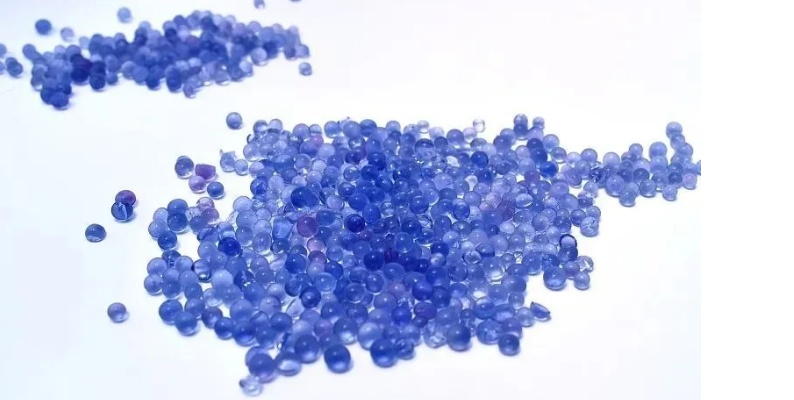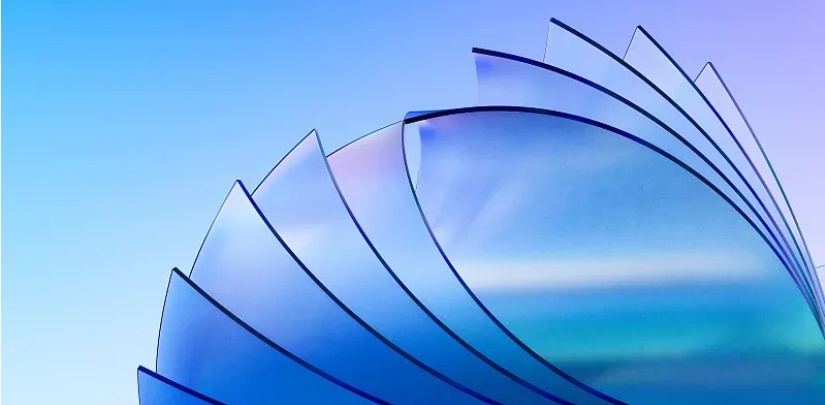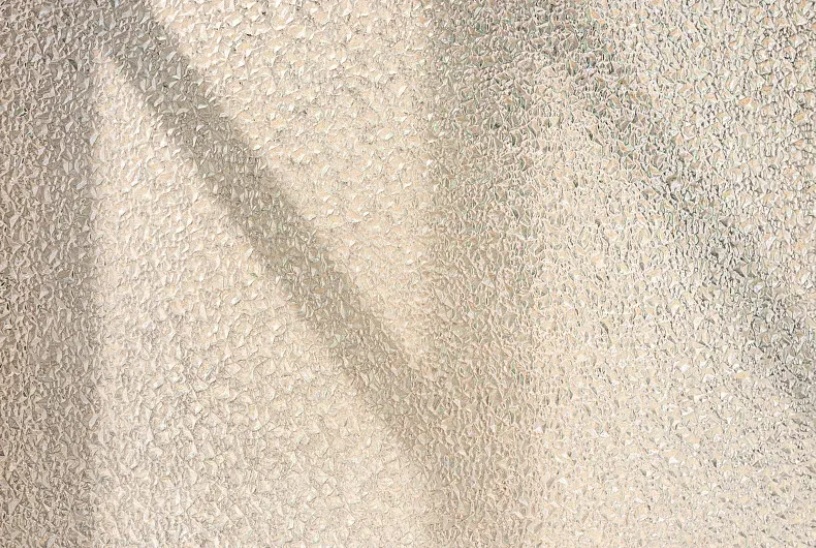Overcapacity Will End, Supply and Demand Already Rebalanced? Is the Good Era of Polycarbonate (PC) Coming?
Return to the starting point of anti-involution: business profitability → capacity expansion → market saturation → business losses → capacity reduction → business profitability again.
The reason for resisting involution is that the market is already saturated, with increasing additional capacity, and business losses have become a common phenomenon.
Market reactions are swift, with drastic changes occurring in just a few months or even days. However, increasing or reducing capacity is not something that can be done in a short period; it takes 1-2 years at the shortest, or 3-5 years at the longest. Therefore, the cycle for capacity expansion and contraction is quite long.
The impulse to chase highs unconsciously shortens the time of market profits, while hesitation when cutting losses prolongs the duration of business losses.
This has resulted in a near-saturated long business cycle of losses, with occasional profits.
Asymmetric profit and loss cycles are generated.
However, some capacities had already been saturated before the entire industry's anti-involution efforts, and the business had been losing money for several years, with actual capacity contraction already underway.
Taking the business introduced this time as an example, the production capacity of polycarbonate has surged rapidly over the past five years, and the industry as a whole has suffered losses for many years. This year may mark a critical turning point for the business.
1. Polycarbonate, long in the doldrums, now sees a turning point?
From 2019 to 2024, the expansion of polycarbonate (PC) production capacity in China has surged wave after wave.
According to data from authoritative institutions, domestic PC production capacity was only 1.66 million tons in 2019, but surged to 3.81 million tons in 2024, with a compound annual growth rate as high as 18%.
The uncontrolled production capacity led to the industry's operating rate lingering at a low level of 50%-60% from 2019 to 2022.
Overcapacity and intense competition have caused the prices of upstream raw materials for PC, bisphenol A and phenol, to be under long-term pressure. Starting from the second half of 2023, they have suddenly plummeted to historical lows, with no signs of recovery in sight.
At the darkest point for bisphenol A, the operating rate of the PC (polycarbonate) industry rose to 72.5% in 2023, increased to 75.8% in 2024, and further reached 81.08% in the first half of 2025.
The profitable moment for PCs has not yet arrived, but the shift in operating rates is no coincidence. Behind the scenes, the industry's supply and demand structure is quietly undergoing profound changes.

2. Capacity expansion has begun to "hit the brakes," and the supply landscape has already been reshaped.
The wave of capacity expansion in the domestic PC industry is rapidly receding.
According to the prediction of Longzhong Information, the only planned new PC production capacity in China for 2025-2026 is Chimei's 180,000 tons in Zhangzhou, Fujian, with no other new capacity entering the market.
This stands in stark contrast to the 2.15 million tons of new production capacity added over the past five years; the years of rapid capacity expansion are coming to an end.
The supply side has entered a "rigid" era, with nearly stagnant new capacity. The industry is focusing on how to efficiently utilize existing capacity.
From 2019 to 2022, the industry operating rate was only 50%-60%, with a large amount of capacity being idle.
Starting in 2023, it rose to 72.5%, reached 75.8% in 2024, and surpassed the 80% mark in the first half of 2025, with the industry average being 81.1%.
The growth rate of production capacity has stalled, and coupled with the continuous rise in operating rates, the era of disorderly expansion on the supply side has come to an end. Optimizing the existing stock has become the main theme.
3. Imports have been gradually replaced, and reverse exports have only just begun.
On the supply side, while the "pause button" is pressed, the demand side is witnessing an accelerated pace of import substitution due to the improvement in the quality of domestic products, and the export market is gradually expanding.
In 2019, China’s import volume of PC resin was 1.6 million tons, and its dependence on foreign sources remained relatively high.
In 2024, China's PC imports amounted to 887,000 tons, nearly halved compared to 2019.
This set of data also proves that domestic PCs have the quality and price competitiveness to compete with international giants.
At the same time, the export journey of domestic PCs is also quietly undergoing changes.
Between 2019 and 2022, the export volume of domestic PCs remained basically stable at 200,000 to 350,000 units.
In 2023, the export volume increased to 360,000 tons, and in 2024, it reached 490,000 tons, marking a 40% increase from the low point in 2019.
Domestic PCs have firmly established their position in the domestic market and are beginning to make a mark in the international market. The trend of reverse exports has already proven this.
The path for chemical products to go overseas is bound to be one of the choices for the future.

4. Supply and demand are rebalancing, and price recovery has begun.
The stagnation of supply expansion, coupled with the continuous strengthening of domestic and foreign demand, has led to a new balance in the supply and demand of the domestic PC industry.
The new production capacity for 2025-2026 has already been determined, and downstream consumption sectors such as electronics, automobiles, and sheet materials are expected to maintain stable growth.
If the export market can continue to expand, the supply and demand balance will inevitably begin to shift.
This is a fundamental shift in the pattern, with the core driver of market prices returning to the basics of supply and demand.
The industry operating rate, as a key indicator of supply and demand balance, has shown a clear upward trend.
It is expected that in the next two years, the industry operating rate is likely to rise to around 90%.
This is already the bottleneck where the overall capacity utilization rate of the industry is close to or even reaches the theoretical limit.
In this context, the prices of upstream raw materials such as bisphenol A and phenol are at historical lows, and the current supply-demand relationship cannot be reversed in the short term. The cost support for PC is very strong, and the prices of PC products have moved away from the bottom, fully meeting the conditions to enter a recovery and upward trajectory.
Although the current market price of PC resin remains pessimistic, the upward channel is still open, and opportunities may arise at any time.
5. The Springtime for Leading Enterprises is Coming Soon
As the industry shifts from "overcapacity" to "supply-demand rebalancing," the polycarbonate sector is entering a phase of definite upward momentum.
In this round of industry restructuring, leading companies with high operating rates, low costs, stable quality, and established overseas markets will become the biggest beneficiaries.
Their certainty in profit recovery and resilience in elasticity are both more prominent.
The commissioning of Fujian Zhangzhou Chimei's new 180,000-ton production capacity is the biggest variable on the supply side in the next two years. The impact of 180,000 tons on a 4 million-ton market is relatively small, and the overall supply-demand structure trend will not change.
Even if new players add production capacity, it won't have much influence within five years. For materials business like PC, where quality is paramount, starting up a project is just the beginning of the real challenge; quality is the true guarantee for the market.
A new era of the PC industry, shifting from disordered expansion to intensive cultivation and from relying on imports to both domestic and international advancement, has begun to knock on the door.

【Copyright and Disclaimer】The above information is collected and organized by PlastMatch. The copyright belongs to the original author. This article is reprinted for the purpose of providing more information, and it does not imply that PlastMatch endorses the views expressed in the article or guarantees its accuracy. If there are any errors in the source attribution or if your legitimate rights have been infringed, please contact us, and we will promptly correct or remove the content. If other media, websites, or individuals use the aforementioned content, they must clearly indicate the original source and origin of the work and assume legal responsibility on their own.
Most Popular
-

List Released! Mexico Announces 50% Tariff On 1,371 China Product Categories
-

Nissan Cuts Production of New Leaf EV in Half Due to Battery Shortage
-

EU Changes ELV Regulation Again: Recycled Plastic Content Dispute and Exclusion of Bio-Based Plastics
-

Clariant Unveils Cost-Cutting Plan Details, Plans to Shut Down Multiple Plants
-

Mexico officially imposes tariffs on 1,400 chinese products, with rates up to 50%






